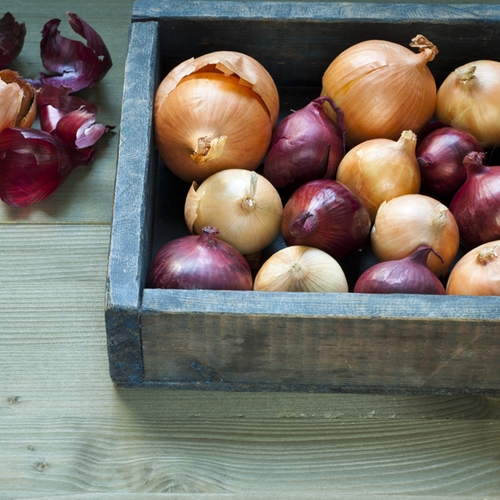 As a future chef attending Boulder culinary school, you have a unique opportunity to bring business to your area by locally sourcing ingredients. A great step in learning how to do so is to know what is in season in your area. Use these ingredients from nearby farms to create more sustainable meals:
As a future chef attending Boulder culinary school, you have a unique opportunity to bring business to your area by locally sourcing ingredients. A great step in learning how to do so is to know what is in season in your area. Use these ingredients from nearby farms to create more sustainable meals:
Potato
This starchy vegetable has been an important staple of American food since it was first planted on U.S. soil. With all that time between discovery and now, there are a ton of recipes to choose from. According to the Colorado Potato Administrative Committee, a group of local potato growers and shippers, a medium-sized potato with the skin on has almost half of the recommended daily value of vitamin C and offers plenty of potassium and fiber. It’s also only 110 calories and a great way to fill yourself up with nutritious goodness. The best way to cook the veggie and not lose valuable nutrients is to microwave or steam it. When boiled, potatoes lose some of their vitamins to the water they’re cooked in. The CPAC recommends that you peel potatoes as thinly as possible because many of the nutrients are closest to the skin.
Don’t get bored with this versatile veggie – there are plenty of ways to use it. Try making an updated version of potato salad by dicing and boiling several potatoes until they have some give but are not so soft they are ready to be mashed. Drain the water and sprinkle the veggies with balsamic vinegar, mustard seeds, salt, cracked pepper and fennel. Mix well and leave in the refrigerator for 45 minutes. Voila! You’ve got a new, healthy take on potato salad. For a super simple side dish, dice several pounds of potatoes and spread them on a baking sheet. Lightly coat the pieces with olive oil and add fresh herbs like thyme and rosemary. Lightly dust the pieces with a little Parmesan and roast until the edges turn golden and crispy. This is a perfect dish for an impromptu gathering.
Apple
There are over 35 apple orchards throughout Colorado. According to the Denver Post, the climate is perfect for the beloved fruit because apple trees need both hot and cold weather to reach peak maturity. Common types of apples grown in the state include Red and Yellow Delicious, MacIntosh, Honeycrisp, Haralson, Granny Smith, Gala and others.
Apples are a great addition to salads, desserts and more. Ever tried drying apples so you can use them as a snack or a topping for ice cream? Core the fruit and slice it into rounds about an eighth of an inch thick. Place the pieces on a greased baking sheet and add a dash of cinnamon or nutmeg. Bake the fruit at 200 degrees Fahrenheit for 2-3 hours, until the pieces are dry but not yet brittle. Say goodbye to slimy store-bought dried apple and enjoy your very own version.
Onion
According to the Colorado Onion Association, Colorado farmers grow around 392,450,000 onions a year across about 10,000 acres. The state is the fourth-largest producer of onions by volume. Nearly 87 percent of the state’s crop is yellow onions, with just 8 of the remaining percent red and 5 percent white varieties. Ever wondered how to cut an onion so that you don’t get teary? Make sure your knife is sharp. A dull knife causes more damage to the onion, which makes it release more tear-producing juices. A typical, medium-sized onion (2-3 inches) is only 45 calories. It is high in fiber and offers 20 percent of the daily recommended value of vitamin C.
Head to a nearby produce stand to procure some red and white onions to broil with fresh locally-caught trout. Place your favorite herbs (think basil, thyme, parsley) at the bottom of a baking dish. Take the skin off the onions and cut them into rounds. Add the slices to the dish with some thinly-sliced carrots. Cover with a splash of wine, olive oil and the whole trout. Place the dish in the oven at 350 degrees Fahrenheit for around 40 minutes. Once cooked, enjoy your Colorado-grown meal with the satisfaction that you’re promoting local businesses and harvesting.

